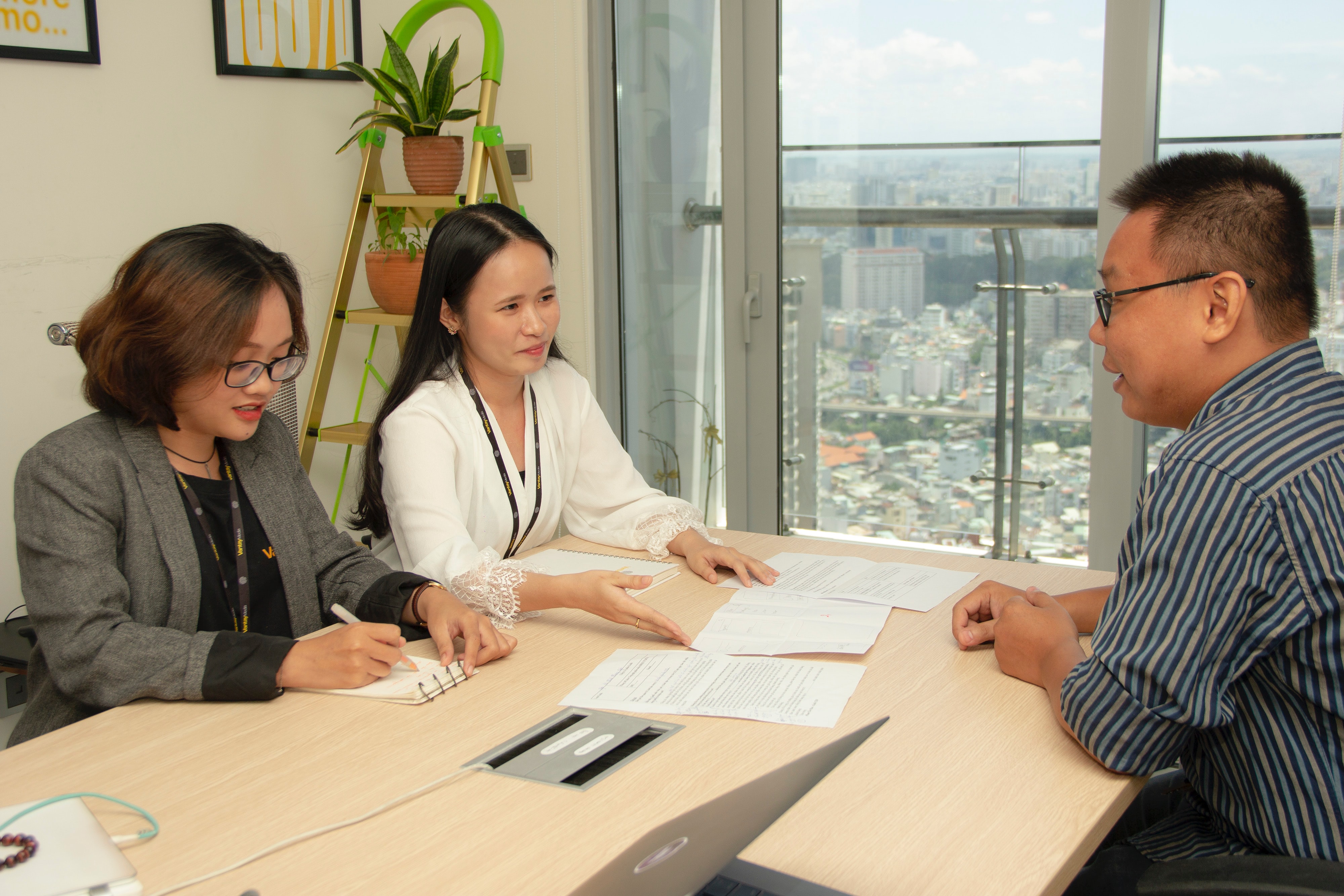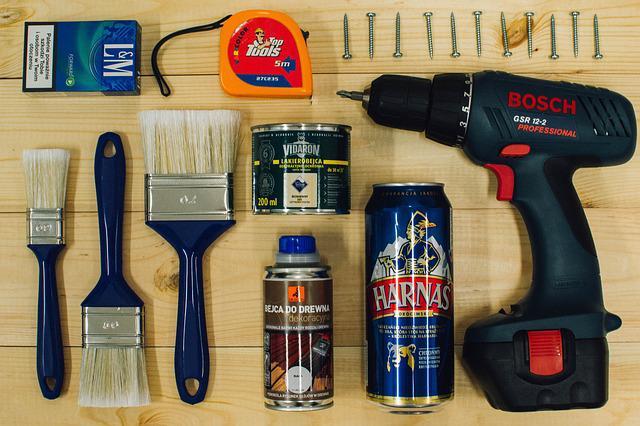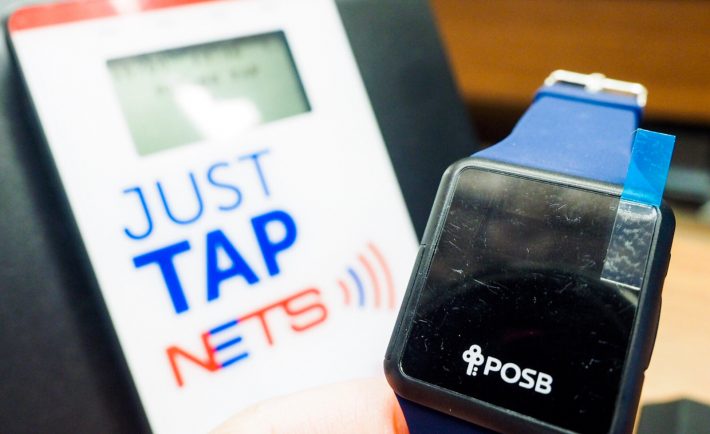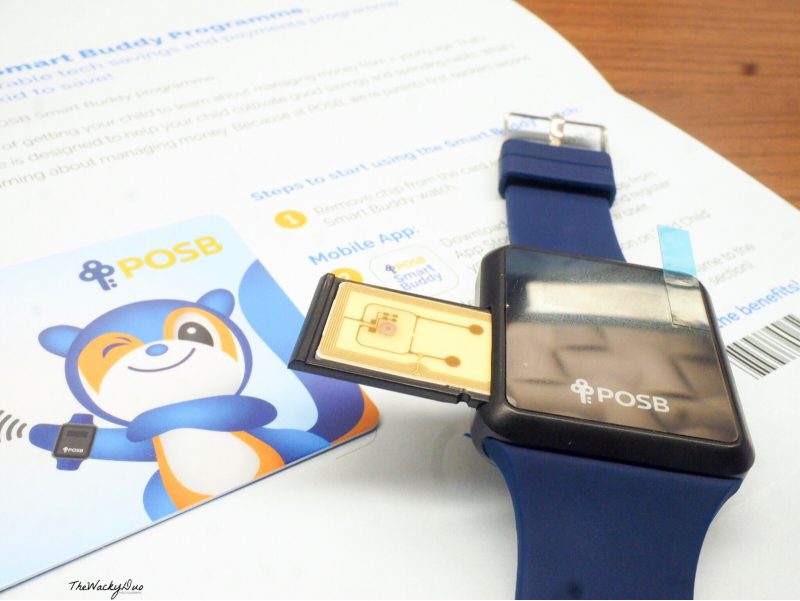The interviewer will almost always ask whether you have any questions for them at the end of an interview session. Your response should always be yes because you should take this chance to pose a few relevant ones.
Remember that the purpose of the interview isn’t merely to make your future employer want to hire you. It’s also about determining whether or not you think highly of the company and if you would be a good match. You will send a strong signal that you’re engaged and serious about the position if you ask the right inquiries.
Here are some of the best questions to ask at the end of an interview.
How do you measure success?
It’s critical to understand how a firm gauges the performance of its workers. It will assist you in determining what it would take to grow your career there and whether the employer’s beliefs are compatible with your own.
Why did the previous person leave?
While addressing this may be awkward, it demonstrates that you are keen on the organization’s operations. It’s important to discover if the individual who had the position before you was dismissed, transferred, or departed on their own before you jump into the very same role.
What do you like about this company?

Image Credits: unsplash.com
Inquiring about your interviewer’s personal experiences can provide you further clarity into the team culture as well as assist you to establish a relationship with them. Furthermore, this inquiry may offer you an inside look at the top advantages of working for the organization.
What type of person tends to succeed here?
This question demonstrates to the recruiter that you are concerned about your future with the organization, as well as assists you in determining whether you are a suitable match for the role. Imagine the individual you will be speaking to once the interviewer reveals what he or she is searching for in an applicant. Is that somebody a close match, or is it too far from who you are?
Do you have any qualms about my qualifications?
This query throws you into a competitive disadvantage, but it also demonstrates that you are confident in your ability to tackle your shortcomings. Their response may also offer you insight into where you rank and allow you to resolve any reservations the interviewer may have while you have their undivided attention during the session.
Can you let me in on the daily responsibilities of this job?
Lastly, this question might help you understand the many facets of the job, notably if it’s a cross-functional post or a high team collaboration position. You will ideally have a better grasp of the work duties, which will aid you in deciding whether or not it’s a suitable position for you. You will also have a deeper understanding of the precise skillsets necessary.
Failure to prepare questions might give the impression that you are uninterested in the position, so consider what you can gain from the interview if you ask a few. It’s critical that you use these questions to determine whether the work is truly appropriate for you. Consider adding some of the abovementioned interview questions while creating your list and use the opportunity to convince the employer that you will be a valuable asset to the team.










